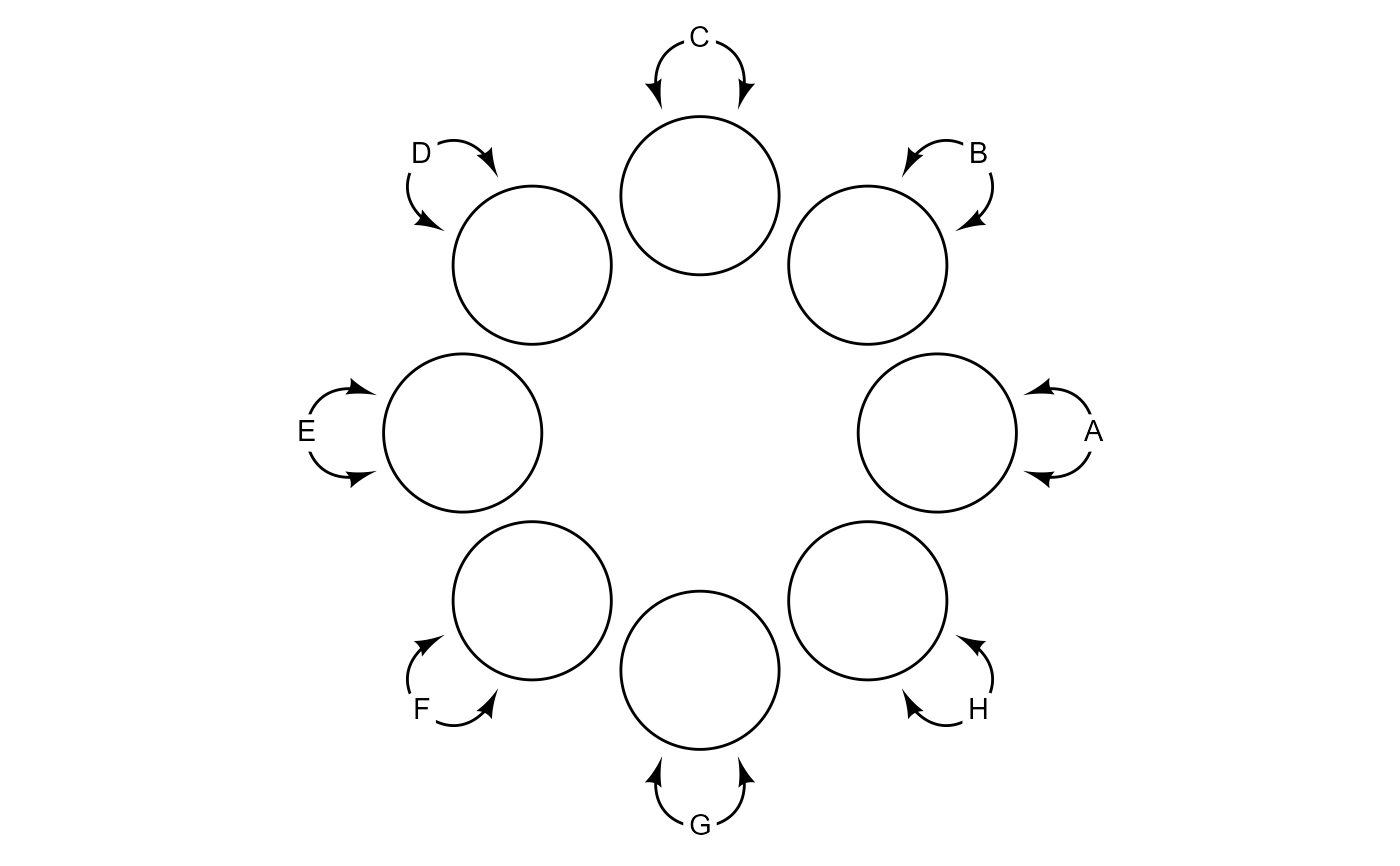
create double-headed arrow paths indicating variance
Source:R/a_early.R, R/ellipses.R
ob_variance.Rdcreate double-headed arrow paths indicating variance
Usage
ob_variance(
x,
where = "north",
theta = 50,
bend = 0,
looseness = 1,
arrow_head = the$arrow_head,
resect = 2,
...
)Arguments
- x
object
- where
Location on object. Can be numeric (degrees), degree, radian, turn, or named direction (e.g., "northwest", "east", "below", "left")
- theta
angle width
- bend
Angle by which the control points are rotated. Can be numeric (degrees), degree, radian, turn, or named direction (e.g., "northwest", "east", "below", "left"). Defaults to 0.
- looseness
distance of control points as a ratio of the distance to the object's center (e.g., in a circle of radius 1, looseness = 1.5 means that that the control points will be 1.5 units from the start and end points.)
- arrow_head
A 2-column matrix of polygon points
- resect
A numeric(1) denoting millimeters or grid::unit to shorten the arrow head and fins.
- ...
<
dynamic-dots> properties passed to style
Value
Returns an object of type ob_bezier
